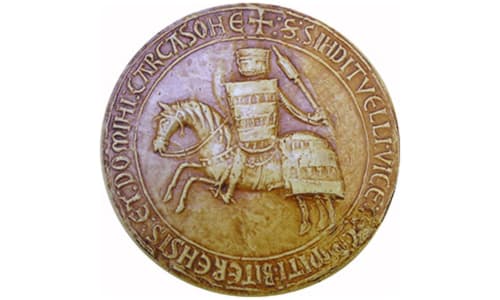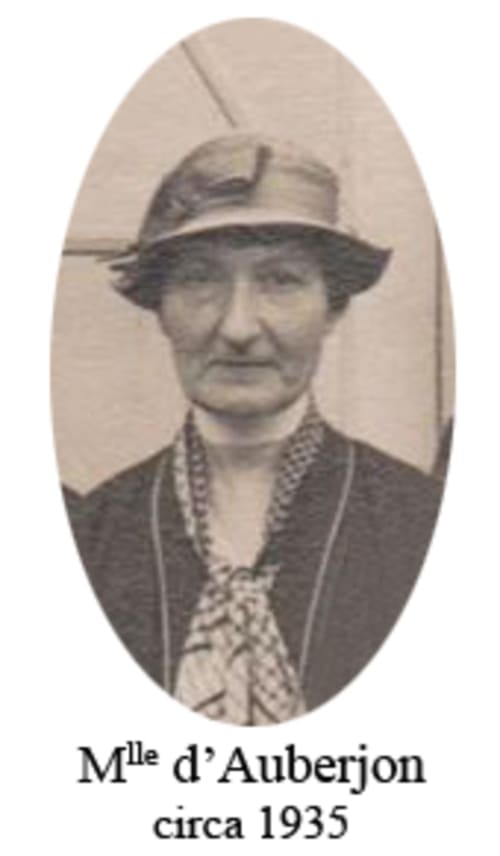Bibliography:
Amalvi, C., Le Pottier, J. and Pech, R. (2018) Histoire du Tarn, Editions Privat, Toulouse.
Béa, A. and Servant, S., « Au pied du versant nord de l’extrémité occidentale de la Montagne Noire : la formation des villages au Moyen-Âge (XIIe-XIVe siècle) », in Abbé, J.L., (2012) Une longue histoire : La construction des paysages méridionaux, Presses universitaires du Midi, Toulouse.
Béa, A. (2018) Généralités communales : Occitanie ; Tarn (81) ; Verdalle – Siècle de la campagne principale de construction, https://www.pop.culture.gouv.fr/notice/merimee/IA81011907, Patrimoine architectural (Mérimée), CAUE du Tarn.
Cabié, E. (2014) Les seigneurs et le château de Dourgne du XIe au XIIIe siècle, Editions Lacour-Ollé, Nîmes.
Gourdou, J.F. (2005) Histoire de Soual-l’Estap et de sa région – Le millénaire 1005-2005, Auto-édition, Soual.
de Saint-Allais, N.V. (1819) Nobiliaire universel de France : ou Recueil général des généalogies historiques des maisons nobles de ce royaume – Tome Seizième, pp. 475 et 476, chez l’Auteur, Rue de la Vrillère n°10, Paris.
de Saint-Allais, N.V. (1816) Nobiliaire universel de France : ou Recueil général des généalogies historiques des maisons nobles de ce royaume – Tome Huitième, pp. 415-423, chez l’Auteur, Rue de la Vrillère n°10, Paris.
Viguié, P. (2020) Histoire et Patrimoine de Verdalle du XIe au XXe siècle, Auto-édition, En Rivals, Verdalle.
https://man8rove.com/fr/blason/bhzz0n5-loubens-de-verdalle
http://www.loubens-lauragais.fr/decouvrir-loubens/histoire-et-patrimoine/histoire/









